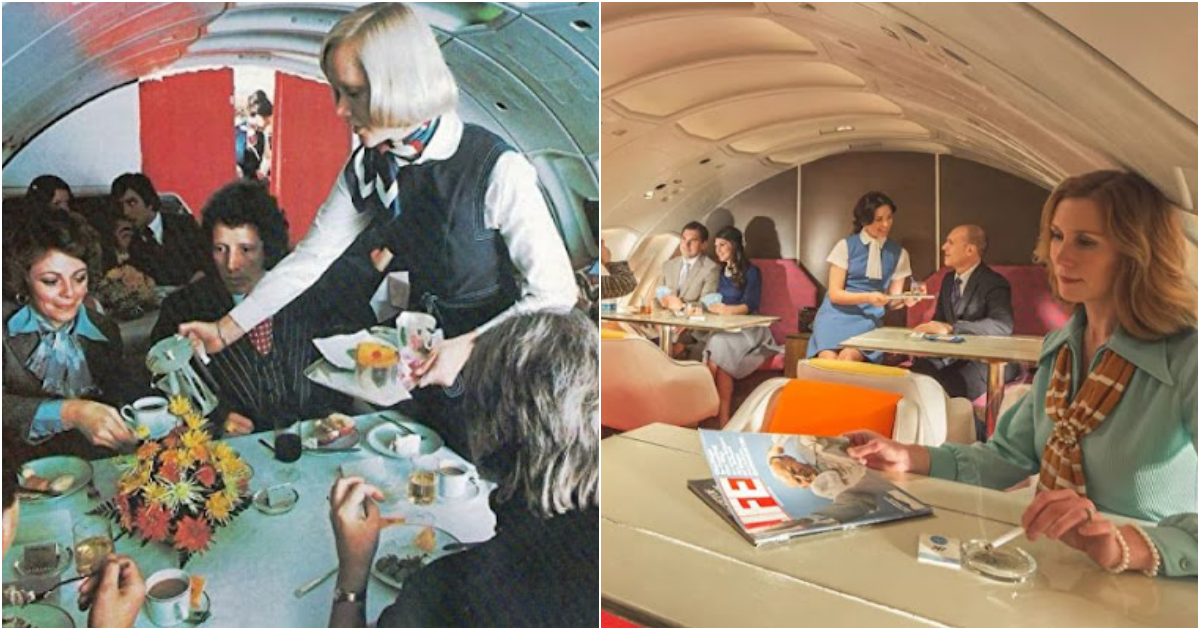In the realm of comedy, few names stand as tall as that of Red Skelton. With his unparalleled wit, endearing characters, and timeless humor, Skelton carved a permanent place for himself in the hearts of audiences across generations. From vaudeville stages to radio waves and television screens, his influence on comedy remains unparalleled. This article delves into the life, career, and lasting impact of the legendary entertainer, Red Skelton.
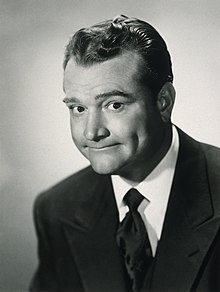
Early Life and Emergence as a Comedy Sensation
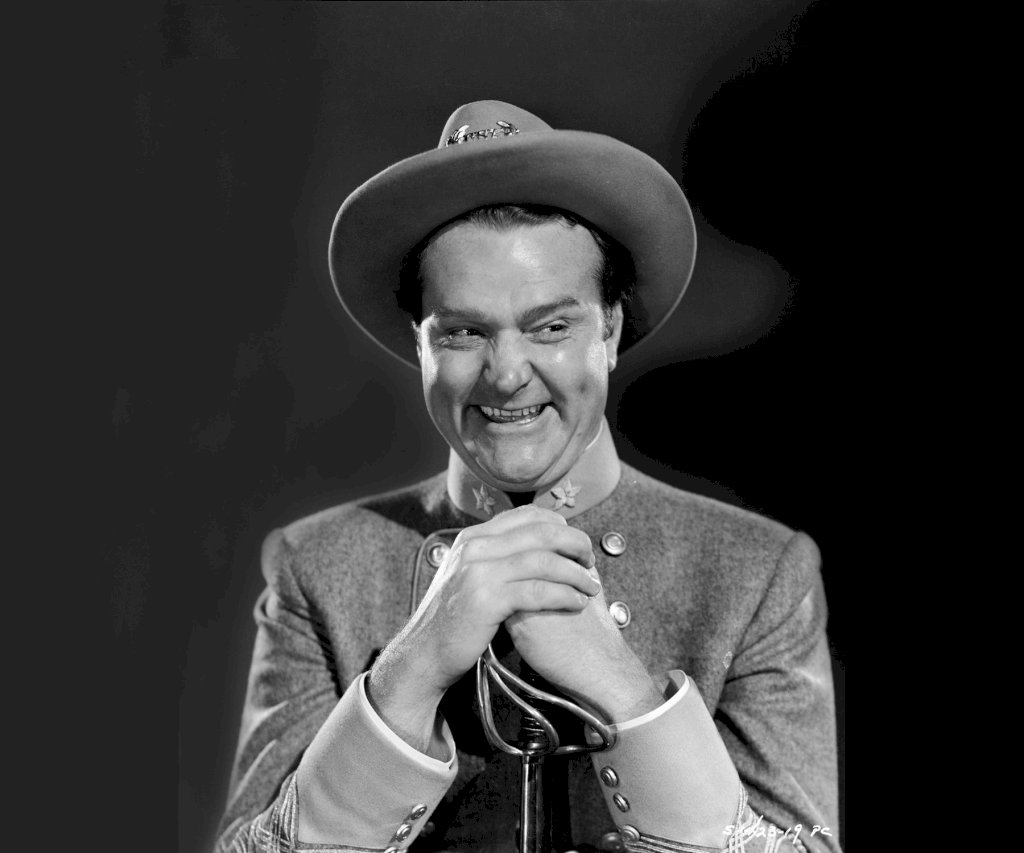
Born Richard Bernard Skelton on July 18, 1913, in Vincennes, Indiana, Skelton's comedic journey began at a young age. He found solace in humor, using it as a coping mechanism for the hardships he faced during his childhood. This early exposure to life's challenges lent depth and authenticity to his later comedic work.
Skelton's entry into the world of entertainment was marked by his performances in various vaudeville and burlesque shows. His ability to seamlessly blend physical comedy, witty wordplay, and heartfelt emotion earned him a devoted following. He quickly gained recognition for his versatile talents, paving the way for his transition to radio and, later, television.
The Golden Age of Radio: Bringing Characters to Life
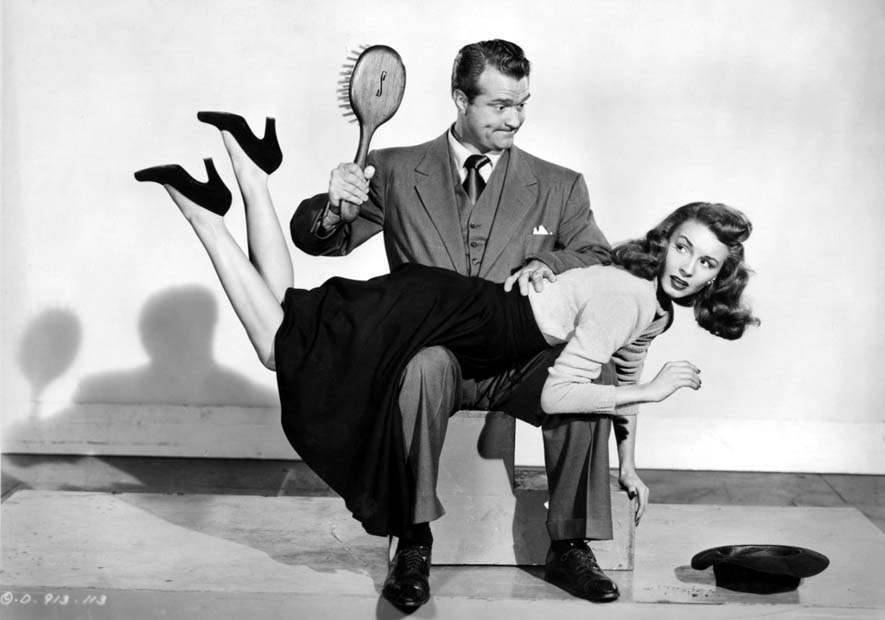
The radio was Skelton's initial platform for reaching a broader audience. His radio show, "The Red Skelton Show," premiered in 1941 and showcased his incredible range of comedic talents. One of his most beloved characters, the lovable hobo Freddy the Freeloader, was born during this time. Skelton's knack for creating relatable, yet eccentric, characters endeared him to listeners, allowing him to establish a strong connection that transcended the airwaves.
Television Stardom: The Red Skelton Show
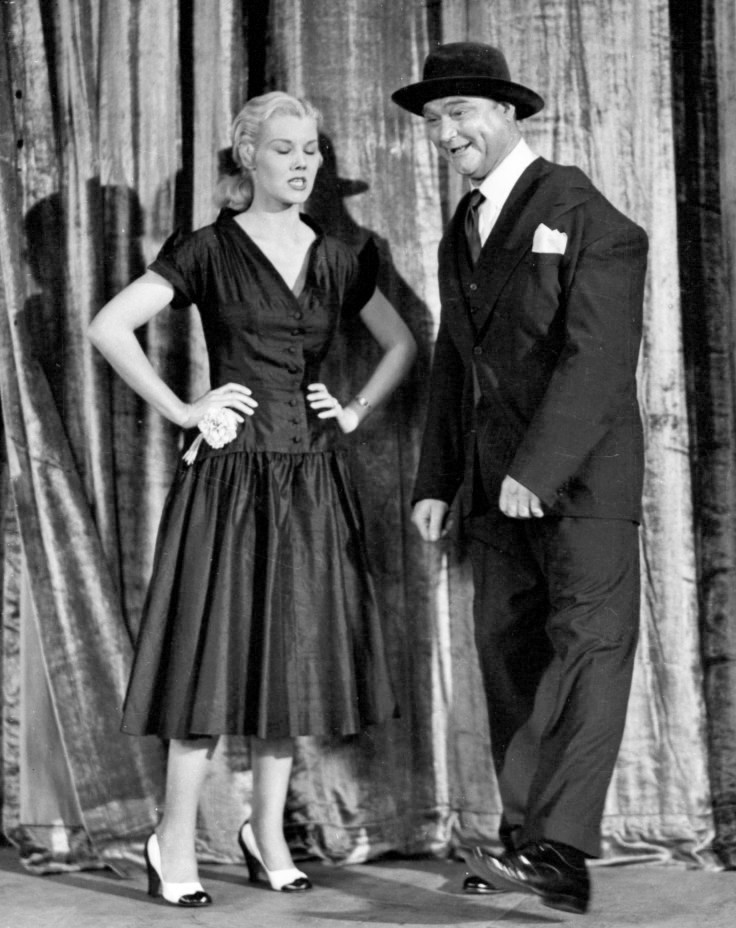

With the advent of television, Skelton seamlessly transitioned from radio to the small screen. "The Red Skelton Show," which aired from 1951 to 1971, became an integral part of American households. Skelton's magnetic presence, combined with his mastery of slapstick humor and heartwarming storytelling, made the show a beloved staple of television entertainment.
One of Skelton's most famous characters, Clem Kadiddlehopper, exemplified his ability to bring seemingly ordinary individuals to life with uproarious results. The show's sketches, monologues, and recurring characters showcased Skelton's unparalleled comedic prowess, earning him a string of Emmy Awards and cementing his status as a comedy icon.
The Art of Laughter with a Heart
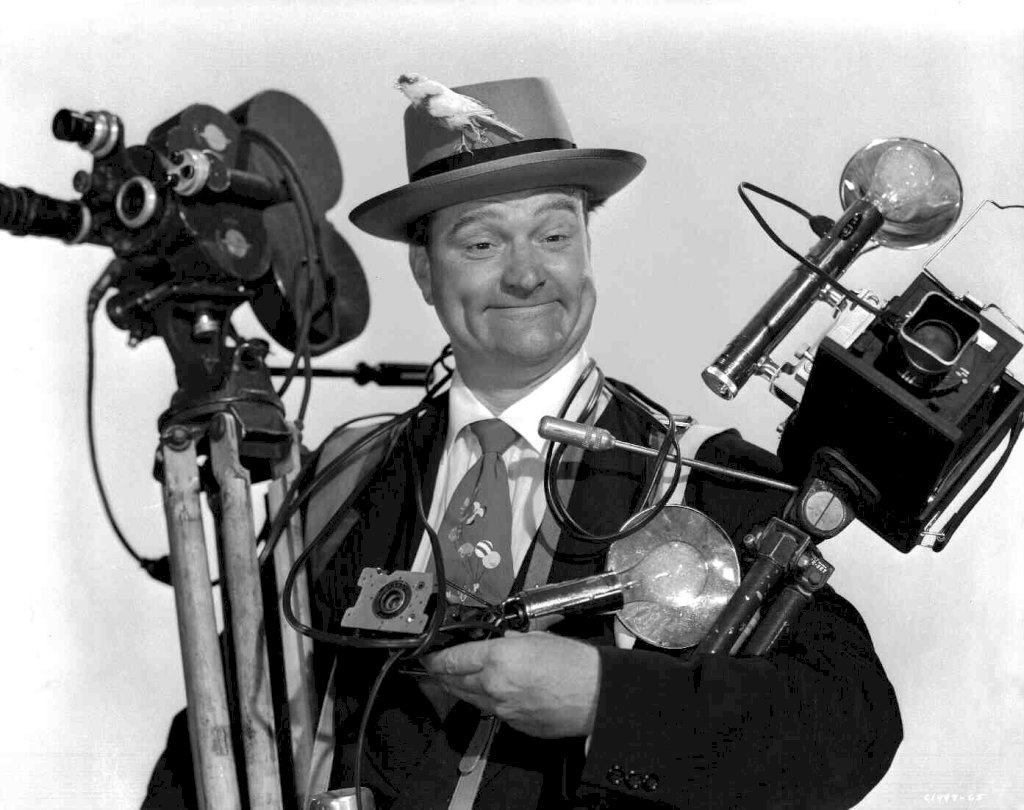
What set Red Skelton apart was not just his ability to make people laugh, but also his innate understanding of the human condition. Beneath the slapstick and gags lay a genuine compassion for his audience. Skelton believed in the healing power of laughter, often stating that "laughter is the greatest tranquilizer."
This sentiment was most evident in his emotionally charged portrayal of characters like the tramp clown Freddy the Freeloader. Through his poignant performances, Skelton tapped into universal emotions, using laughter as a conduit for empathy and understanding. He bridged the gap between comedy and poignancy, creating a unique comedic style that touched hearts while inducing laughter.
Legacy and Impact
Red Skelton's legacy extends far beyond his comedic achievements. His commitment to philanthropy and his unwavering dedication to supporting charitable causes left an indelible mark on society. Skelton's "Pledge of Allegiance" recitation, which he delivered with heartfelt sincerity on his show, became a symbol of patriotism and unity. It's a testament to his ability to use his platform for positive influence.
Skelton's influence continues to inspire comedians, actors, and entertainers of all kinds. His ability to elicit genuine laughter while addressing the complexities of the human experience serves as a model for comedy that resonates on a deeper level. Skelton's impact is felt not just in the entertainment industry, but also in his contributions to the broader cultural landscape.
Conclusion
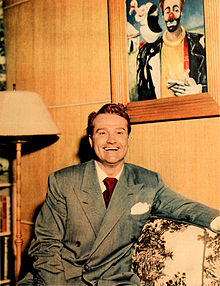
Red Skelton's legacy is etched in the annals of comedy history. His ability to blend laughter and compassion, to create characters that resonated deeply, and to make people feel better about the world through his humor, is a testament to his genius. Skelton's impact extended beyond his performances; he left behind a legacy of laughter, kindness, and unity. As we remember the man who dedicated his life to bringing joy to others, we celebrate the enduring legacy of Red Skelton, a comedy icon whose influence continues to shine brightly.



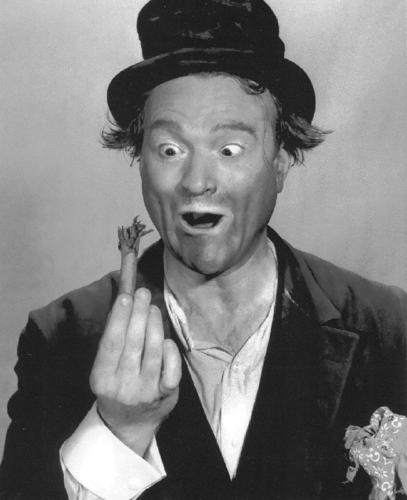
History of Money Design: How Did American Dollar Bills Change?

It’s not just paper. From the first notes issued by the Continental Congress to the latest star-spangled bills released by the Federal Reserve, the history of money in America is laced with rebellion, propaganda, and—of course—lots and lots of wealth. It’s awkwardly beautiful.

The history of paper currency, specifically, serves as a curious lens through which to understand the origins of this complicated nation. Like the government itself, money in America dates back to 1776 when the Continental Congress issued the country’s first official dollar bills. But before and well after that, it had been a free-for-all with any bank or state able to issue its own currency. It wasn’t until the 20th century that the nation’s currency would be standardized and even recognizable to present-day observers.
1$, 1770
 The first money went into circulation since the middle of the 18th century. They were used in North America in all the colonies, which at that time numbered 13. Depending on the location of the location, they were called either a dollar or a shilling. The banknotes were constantly forged, so the government was constantly improving their protection. For this and printing on banknotes of complex patterns, real leaves were also used. Also, for the forgery of bills, execution was determined.
The first money went into circulation since the middle of the 18th century. They were used in North America in all the colonies, which at that time numbered 13. Depending on the location of the location, they were called either a dollar or a shilling. The banknotes were constantly forged, so the government was constantly improving their protection. For this and printing on banknotes of complex patterns, real leaves were also used. Also, for the forgery of bills, execution was determined.50$, 1779

5$, 19th Century

10$, 1862 (Confederation)

The next period in the development of paper bills was the Civil War. To maintain soldiers, the seal was produced in enormous sizes. The departed states began issuing their own currencies, which have no security. In those days, the dollar has already begun to create a distinctive design - simple, but at the same time having an ornamented border and two-color printing.
10$, 1862 (Union)

In 1862, a law was signed to start issuing notes for $ 50 million, which were provided with government securities. But their existence did not last long. The following year they were withdrawn from circulation.
10$, Greenback

At the end of the war, the country’s financial system entered a new level, which is called the golden age of design of banknotes. In addition to the greenbacks, the issue of silver certificates was launched. Silver certificates, in turn, could be exchanged for coins and ingots of silver.
Bills With Martha Washington, 1886

The year 1886 was remembered by the first design of a banknote depicting a real woman of the “first lady of the country” - Martha Washington.
Silver Certificate, 1892

In 1892, the Treasury issued an educational series. The issue was held in honor of the World Exhibition and was considered the most beautiful in the history of the development of US notes. On a one-dollar bill, they portrayed Colombia pointing to Washington’s monument. The design of this banknote traces a huge number of complex elements, thanks to which this series and became famous.
Silver Certificate, 1896

This is the aforementioned back featuring both George and Martha Washington. Check out the angels darting out of the corners!
Silver Certificate of 5 Dollars, 1896

On the denomination of $5, the bankers depict an allegorical scene “Electricity Presenting Light to the World,” thereby indicating America’s leadership in technological innovation.
Silver Certificate of 5 Dollars, 1899

It was thanks to the silver certificates that the borders of the banknotes and the sizes of the portraits appeared, that is, the foundation was laid, in addition to the silver certificates, gold was also issued, giving the right to the gold deposited in banks, sometimes reaching amounts of 10 thousand dollars. The turnover was until 1933, until the announcement of the ban by President Roosevelt on the accumulation of gold from private individuals.
Gold Certificate With a Face Value of 500 Dollars, 1865

The federal government started issuing Gold Certificates a few years before Silver Certificates, though they weren’t quite as widespread. The earliest series in 1865 came only in high denominations and looked a bit like the Legal Tender notes introduced around the same time. You could call them “goldbacks.”
George Washington on the $20 Gold Certificate, 1905

In the early years of the 20th century, a new and rather familiar design appeared. Using a three-ink printing process, the Gold Certificates were wonderfully vivid, so much so that the 1905 Series is commonly known as the “Technicolor Series.”
The Back of a $1,000 Gold Certificate

Alexander Hamilton was on the front.
The federal government continued to print Gold Certificates in denominations as high as $100,000 until 1934. The last of them look very similar to the standardized currency design, although some still had that sick bright gold back.
100$, 1914

Everything changed once again when Congress passed the Federal Reserve Act of 1913. This set up a system whereby Federal Reserve Notes were distributed to various Federal Reserve Banks around the country. The banknotes are legal tender backed by Fed, though Gold and Silver Certificates continued to be produced for quite some time. However, it was the new Fed system that brought us the timeless American money design that survived most of the 20th century.
At first, the notes remained as large as earlier banknotes. The front featured dead presidents, black and red or blue ink printed on a very special paper from Crane & Co.
5$, 1914

Many of the images on the back portrayed famous moments in American history or more generic depictions of American industry and values. This $5 Federal Reserve Note from 1914 shows the struggles of early settlers.
10,000$, 1934

While it’s unusual not to see a president on more modern money, Samon Chase was an exceptional player in the history of American money. He was Secretary of the Treasury under Abraham Lincoln and introduced the nation’s first paper money and national bank. The federal government last issued the $10,000, $5,000, $1,000, and $500 in 1934. Today, the largest bill in circulation is the $100, some say to make drug trafficking and money laundering more difficult.
100$, 1996

This brings us to the ambitious redesign of 1996. In an effort to improve anti-counterfeiting measures, the federal government redesigned five of the six remaining denominations of Federal Reserve Notes: $5, $10, $20, $50, and $100. The presidents’ heads got bigger and were moved off center. Much—but not all—of the beautiful engraving and scrollwork on the borders went away. New methods of thwarting counterfeiters, like color changing ink, also appeared on some of the bills. Still, it didn’t take long for a clever Chicago man to crack it and start printing virtually identical counterfeit $100 bills in his basement.

